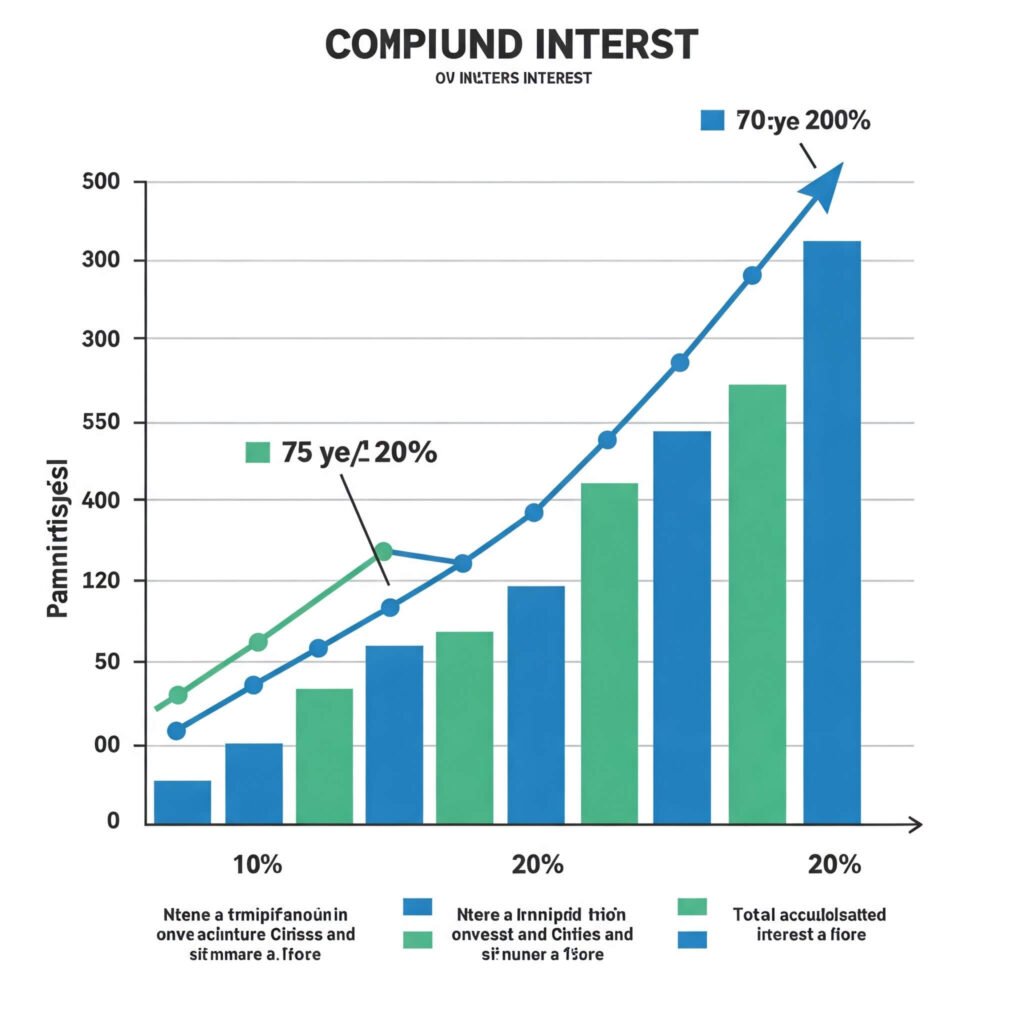Retirement planning. Man, just saying it makes me feel like I’m supposed to have my life together, but here I am, sitting on my creaky porch in suburban Ohio, sipping lukewarm coffee from a mug that says “Adulting is Hard.” The air smells like fresh-cut grass and regret—mostly from the time I thought I could “YOLO” my way through my 20s without saving a dime. I’m no financial guru, just a regular dude who’s tripped over every possible mistake while trying to figure out this retirement thing. So, grab a seat (maybe not this wobbly lawn chair), and let me spill the tea on what I’ve learned about retirement planning, flaws and all.
Why Retirement Planning Feels Like a Punch in the Gut
Okay, real talk: thinking about retirement planning is overwhelming. Like, I’m only 35, and the idea of being 70 feels like a sci-fi movie. But last month, I was at a diner in Cleveland, scarfing down greasy hashbrowns, when I overheard two older guys talking about their 401(k)s. One was chill, sipping his coffee, all “I’m set for life.” The other? He looked like he was about to cry into his pancakes, muttering about how he wished he’d started saving sooner. That hit me hard. I went home, opened my bank app, and nearly choked on my Mountain Dew when I saw my savings account balance. Retirement planning isn’t just about money—it’s about not being that guy crying over pancakes.
- It’s not just for “old people.” I used to think retirement planning was for folks with gray hair and bifocals. Nope. Start now, or you’re screwed later.
- You’ll mess up. I blew $500 on a “vintage” gaming console last year instead of tossing it into my IRA. Live and learn, right?
- Small steps count. Even $20 a month adds up. I started with pocket change, and it’s less pathetic than it sounds.

How I Started My Retirement Planning (and Totally Botched It)
So, I decided to get serious about retirement planning after that diner epiphany. I’m sitting in my living room now, surrounded by empty Amazon boxes (don’t judge), trying to make sense of financial jargon. My first attempt? I googled “retirement savings” and fell down a rabbit hole of sketchy investment blogs. Big mistake. I ended up signing up for some “hot stock tip” newsletter that cost me $50 and gave me nothing but anxiety. Lesson learned: stick to legit sources like Investopedia or Vanguard’s retirement guide.
Here’s what I did next (and you can too, minus my dumb moves):
- Opened a 401(k). My job offers one, and I finally started contributing. Pro tip: if your employer matches, take it—it’s free money!
- Set up an IRA. I went with a Roth IRA because I’m betting I’ll be in a higher tax bracket later (fingers crossed). Check out Fidelity’s IRA guide for the basics.
- Budgeted like a boss (kinda). I use a budgeting app now, but I still overspend on tacos. Balance, right?

My Biggest Retirement Planning Screw-Up
Oh, man, where do I start? Last summer, I was at a barbecue in my buddy’s backyard, the air thick with burger smoke and bad decisions. I bragged about “diversifying” my savings by dumping $1,000 into some crypto coin because TikTok said it was “the future.” Spoiler: it tanked. Hard. My retirement savings took a hit, and I felt like an idiot. But here’s the thing—I learned to stick to boring, steady investments like index funds. They’re not sexy, but they won’t make you cry into your beer.
Tips for Retirement Planning Without Losing Your Mind
Alright, I’m no Warren Buffett, but I’ve picked up some tricks for retirement planning that don’t make me want to pull my hair out. I’m typing this on my ancient laptop, the fan whirring like it’s about to take off, and I’m thinking about how these tips saved my bacon:
- Automate everything. Set up auto-transfers to your retirement savings. I forget to save otherwise—too busy binge-watching reality TV.
- Talk to a pro (but not a shady one). I found a financial advisor through NAPFA who didn’t try to sell me snake oil.
- Don’t panic. Markets dip. My first market crash had me refreshing my 401(k) app like a maniac. Chill—it usually bounces back.
- Dream a little. Retirement planning isn’t just numbers. I picture myself on a beach in Florida, sipping a margarita. Keeps me motivated.
The Emotional Rollercoaster of Saving for Retirement
Retirement planning is a mind trip. One minute, I’m stoked about my growing nest egg; the next, I’m freaking out because I spent $200 on concert tickets instead of saving. Sitting here in my messy living room, with my dog chewing on a squeaky toy, I’m reminded that it’s okay to feel conflicted. I want to live now, but I also want to not eat cat food when I’m 80. Finding that balance is the real challenge, and I’m still figuring it out. Anyone else?

Wrapping Up My Retirement Planning Rant
So, that’s my deal with retirement planning—warts, tacos, and all. I’m still learning, still screwing up, but I’m getting there. If I can do it, so can you. Seriously, just start small, automate your savings, and don’t fall for TikTok stock tips. Wanna chat more about it? Hit up the comments or check out NerdWallet’s retirement planning guide for some non-preachy advice.
Outbound link: What Is Retirement Planning? Steps, Stages, and What to Consider:




